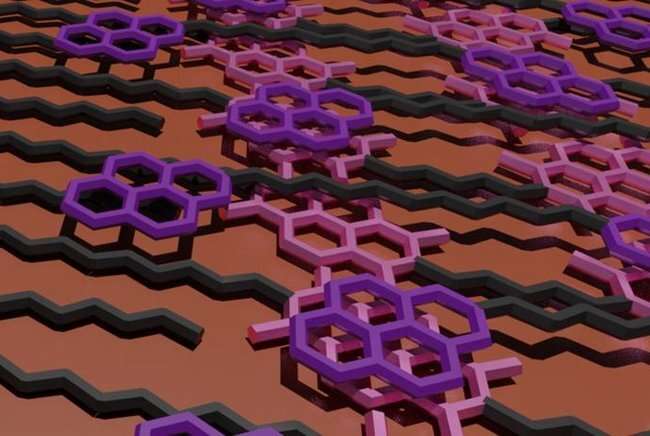Colorful organic materials have fascinated scientists
already for more than 200 years. The color of an organic material
typically arises from light-matter-interactions that involve
electronic transitions such as charge transfer (CT) within or
between organic molecules. Modern research has shown that besides
being colorants, organic CT materials can be used for many more
applications such as photovoltaics or illuminating devices. To aid
this development and to study the formation and the applications of
prospective supramolecular charge transfer systems, Andreas Rösch
explored several approaches for developing prospective model
systems.
Charge transfer systems as potential building blocks for
future’s electronic nanodevices



